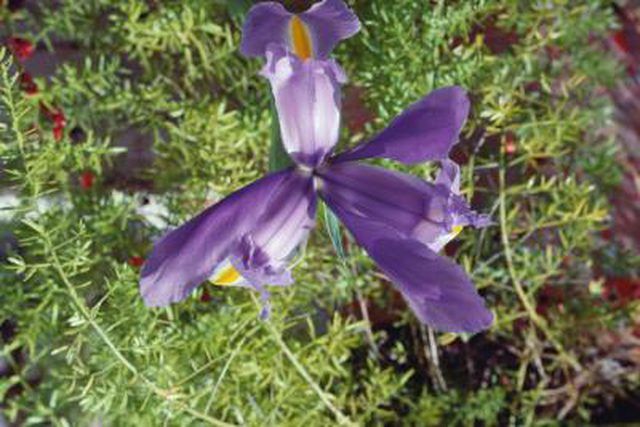Bulbs
Flower Basics
Flower Beds & Specialty Gardens
Flower Garden
Garden Furniture
Garden Gnomes
Garden Seeds
Garden Sheds
Garden Statues
Garden Tools & Supplies
Gardening Basics
Green & Organic
Groundcovers & Vines
Growing Annuals
Growing Basil
Growing Beans
Growing Berries
Growing Blueberries
Growing Cactus
Growing Corn
Growing Cotton
Growing Edibles
Growing Flowers
Growing Garlic
Growing Grapes
Growing Grass
Growing Herbs
Growing Jasmine
Growing Mint
Growing Mushrooms
Orchids
Growing Peanuts
Growing Perennials
Growing Plants
Growing Rosemary
Growing Roses
Growing Strawberries
Growing Sunflowers
Growing Thyme
Growing Tomatoes
Growing Tulips
Growing Vegetables
Herb Basics
Herb Garden
Indoor Growing
Landscaping Basics
Landscaping Patios
Landscaping Plants
Landscaping Shrubs
Landscaping Trees
Landscaping Walks & Pathways
Lawn Basics
Lawn Maintenance
Lawn Mowers
Lawn Ornaments
Lawn Planting
Lawn Tools
Outdoor Growing
Overall Landscape Planning
Pests, Weeds & Problems
Plant Basics
Rock Garden
Rose Garden
Shrubs
Soil
Specialty Gardens
Trees
Vegetable Garden
Yard Maintenance
How to Identify Iris Plants
How to Identify Iris Plants. Irises are common perennials, grown for both their appealing foliage and their colorful blooms. Irises come in all the colors of the rainbow—in fact, "iris" in Greek means "rainbow." There are many species of iris, dwarf and Siberian, bearded and beardless. They bloom for only a week or two,...

Irises are common perennials, grown for both their appealing foliage and their colorful blooms. Irises come in all the colors of the rainbow—in fact, "iris" in Greek means "rainbow." There are many species of iris, dwarf and Siberian, bearded and beardless. They bloom for only a week or two, though, so identifying irises by their flowers isn't always an option. Learning what iris foliage looks like allows you to identify irises all spring, summer and fall.
Identifying Iris Foliage
Look at the leaves. The most common irises have leaves that are flat and arranged in a fan shape, rising from a brown rhizome, or horizontal root. The leaves are usually stiff and a medium green color. They grow to between four and 36 inches tall. They are about one to two inches wide at the base, tapering to a point at the top. The veins are parallel to the edge of the leaves.
Dwarf irises are formed the same, but usually only about three to six inches tall.
Some irises, like Dutch irises, grow from bulbs, so they their leaves grow out of the base in a cylinder. These typically have narrower, ribbon- or grass-like leaves.
Look at where the plant is growing. Most irises need sunlight and moist, well-drained soil. There are a few exceptions to this, like the water flag, which needs a watery spot, or the Japanese iris, that needs a humus-rich, moist soil.
Look at the flower, when possible. Irises can bloom from early spring to early summer, depending on the location, climate and variety.
There are more than 300 different species of iris in the world, so identifying a single species can be challenging. Most irises do have some shared characteristics. Irises usually have six petals. The most common varieties, Siberian and bearded irises, have three downturned petals, called "falls," and three petals that point up. They may have "beards," rows of colored hair along the center of the falls. The colors can vary from nearly black to pure white, including blue, purple, pink, bronze, and many that are more than one color.
Irises flowers grow on a single or branched stalk, from four to 36 inches tall. The flowers are followed by a seed pod, if the flower stalks are not cut back after blooming.
Look up photos of irises on the Internet or in gardening books. Compare the plants you are trying to identify with the photos you find. Irises are distinctive plants. Their foliage slightly resembles other bulbs, but the flattened leaves in a fan-shaped arrangement are unique to irises. Dutch iris foliage is completely different from Siberian or bearded iris foliage, so if you find that the plant you are trying to identify is not a Siberian iris, check to see if it might be a Dutch iris.